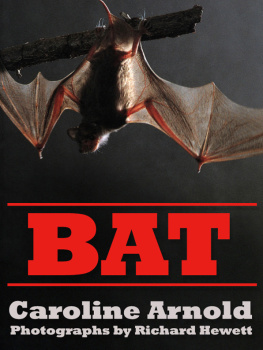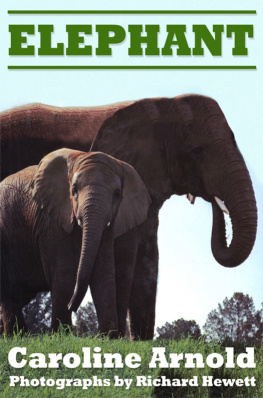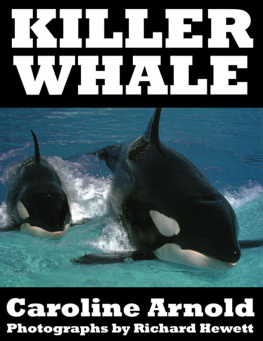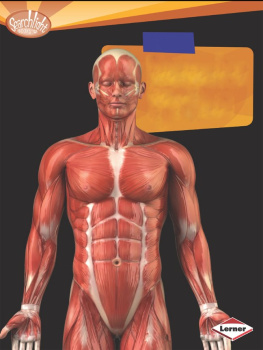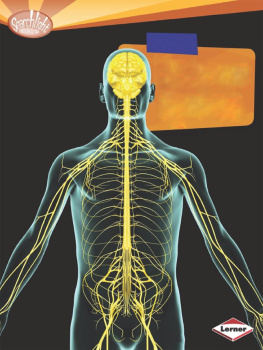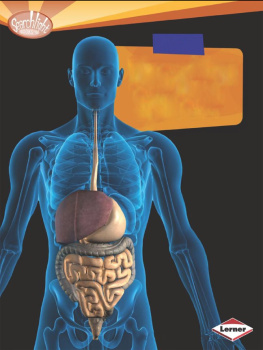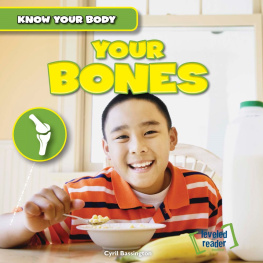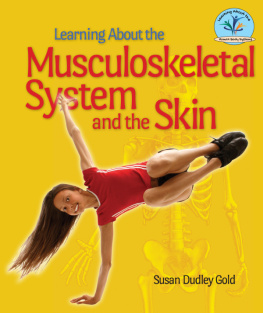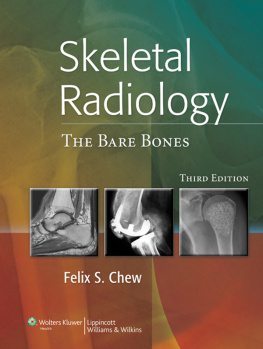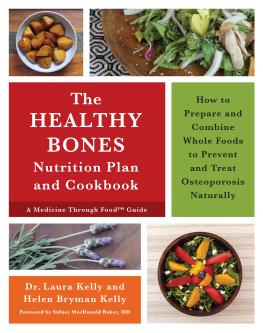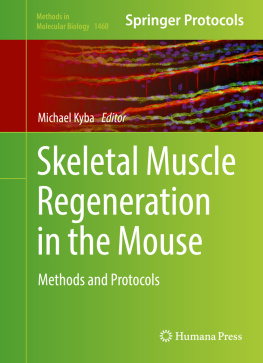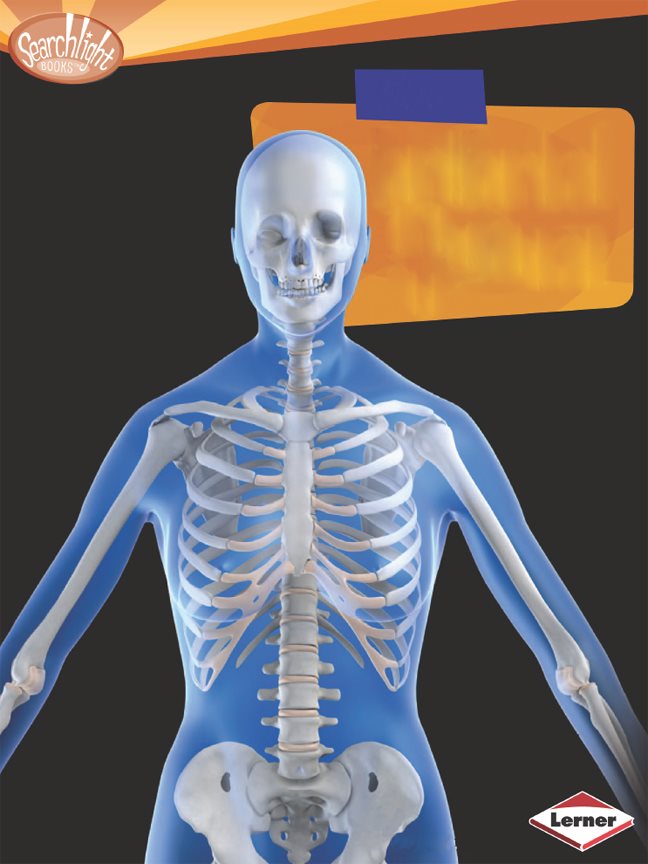Your
Skeletal
System
Caroline Arnold
Copyright 2013 by Caroline Arnold
All rights reserved. International copyright secured. No part of this book may be
reproduced, stored in a retrieval system, or transmitted in any form or by any means
electronic, mechanical, photocopying, recording, or otherwisewithout the prior written
permission of Lerner Publishing Group, Inc., except for the inclusion of brief quotations in
an acknowledged review.
Lerner Publications Company
A division of Lerner Publishing Group, Inc.
241 First Avenue North
Minneapolis, MN 55401 U.S.A.
Website address:www.lernerbooks.com
Library of Congress Cataloging-in-Publication Data
Arnold, Caroline.
Your skeletal system / by Caroline Arnold.
p. cm. (Searchlight booksHow does your body work?)
Includes index.
ISBN 9780761374527 (lib. bdg. : alk. paper)
1. SkeletonJuvenile literature. I. Title.
QM101.A76 2013
611.71dc23 2011044175
Manufactured in the United States of America
1 CG 7/15/12
Contents
THE BODYS
SUPPORT ... page
Chapter
THE BODYS
SUPPORT
Bones make
up the bodys
skeletal system.
You cannot see
your bones. But you
can feel them under
your skin. Bones
support and protect
your body the way an
umbrellas ribs support it.
You have bones in all parts of
your body. What do bones do?
Bones are hard and strong. Most other parts of
the body are soft. Bones hold up your body and give it
structure.
IF YOU HAD NO BONES, YOU COULD NOT
RUN, JUMP, OR DO CARTWHEELS.
Bones and Muscles
Bones and muscles work together. Muscles pull bones to
make them move. Muscles attached to your arm and leg
bones help you run or throw a ball. Muscles attached to
your finger bones help you write or pick up a spoon.
Some bones protect organs inside your body. Your
skull protects your brain. Your ribs form a cage around
your heart and lungs. Your hip bones protect organs in
the lower part of your body.
The muscles and bones of
your hand work together
to help you draw.
Chapter
ALL ABOUT
BONES
Bones come
in many sizes.
Your smallest
bone is in your
ear. This bone is
only about as big as
a sesame seed. Your
longest bone is in your
upper leg. This bone is
about one-fourth of your
total height.
Your bones help you stand
up straight and tall. Where
is your longest bone?
Many Shapes
Bones come in
many shapes. Long
bones are found
in your arms and
legs. Long bones
usually have knobby
ends and a straight
central shaft. Short
bones are found
in your wrists and
ankles. Your ribs,
shoulder bones,
breastbone, and the
bones of your skull
are flat bones. The
bones in your spine
and inner ear have
odd, bumpy shapes.
The bones in your
arms and legs are
long bones. Bones in
other parts of your
body have many
different shapes.
BONE SHAPES
irregular bone
(spine bone)
short bone
(wrist bone)
flat bone
(rib)
long bone
(leg bone)
In and around Bones
Most of a bones
surface is covered
with a thin layer of
blood vessels and
nerves . This layer is
called the periosteum.
It helps the bone grow
and repair itself.
Bones are strong, but
sometimes they break. This
is an X-ray of a broken bone.
Beneath the periosteum is hard bone. Tiny holes in
hard bone let blood vessels and nerves pass through.
Under the hard bone is a layer of lighter, spongy bone. It
looks something like a honeycomb.
PARTS OF
A BONE
Until children become
adults, they have cartilage
plates in their bones. These
plates let the bones grow.
When a person stops
growing, the cartilage
plates are replaced by
hard bone.
cartilage plate
periosteum
spongy bone and
red marrow
cartilage
spongy bone
and
red marrow
hard bone
yellow marrow
cartilage plate
cartilage
Bone Marrow
Most bones have a soft
jellylike material in the
center. This material is
called marrow. Yellow
bone marrow stores
fat. Red bone marrow
makes blood cells. Your
bones make thousands
of new blood cells
every day.
When you scrape your knee,
sticky platelets in your blood form
a scab to keep germs out. Red
bone marrow makes platelets.
Cartilage
The ends of most bones are covered with a white material
called cartilage. Cartilage protects bones where they rub
against each other. You also have cartilage in your nose
and ears. Cartilage is tough and slippery and can bend a
little. It is not as hard as bone, but it is strong. The bones
of a babys skeleton begin as cartilage. The cartilage is
slowly replaced by hard bone as the child grows.
A newborn babys body has about
bones. Some of them join together as the
baby grows. An adult has about bones.
Chapter
YOUR
SKELETON
Your skeleton is the
framework for your body. You
could not stand up or move if
you did not have a skeleton. The
skull is at the top of the skeleton.
If you touch your head, your skull
feels like one big smooth bone
under the skin. But it is actually
twenty-nine bones joined together.



